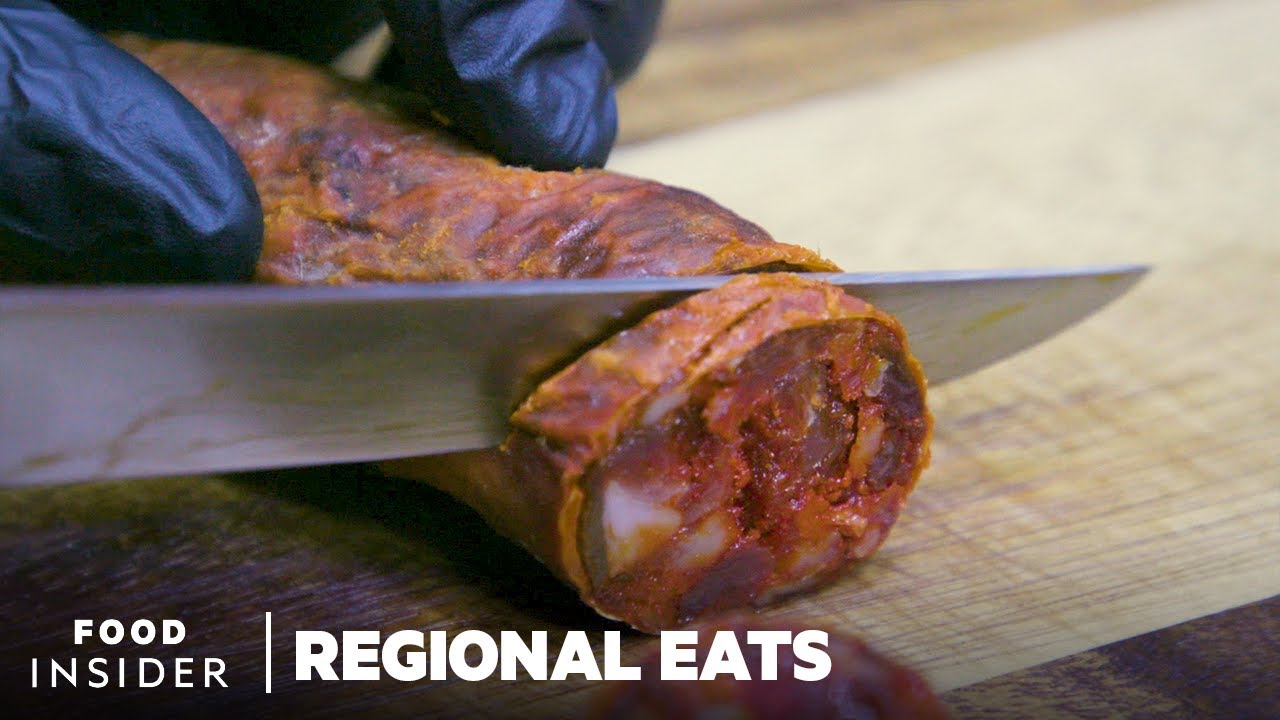
What’s The Difference: Longganisa Vs. Chorizo
What’s The Difference: Longganisa Vs. Chorizo
For many Filipinos, the longganisa is one of our classic breakfast ulam. It’s a meat that is commonly served with the typical sinangag or garlic fried rice and a fried egg of our silog breakfast meals.
The longganisa can be made in a variety of ways. Just like the adobo, there are many ways to make it, and each region you visit may have its own signature recipe for this sausage. A taste of a Vigan longganisa and a longganisa from Cebu reveals this taste difference. The Alaminos longganisa meanwhile is unique in that it’s secured with toothpicks while the Lucban longganisa are secured with simple string.
There is one sausage you can find that is not a typical longganisa, and this is the chorizo. The chorizo is Spanish in origin (learned from the Romans) and was probably brought to the country during the colonization. The longganisa is probably the local version of the chorizo using local ingredients and then tweaked to the Filipino palate.
What makes a longganisa different from another sausage like chorizo? Here’s what we know:



1 Longganisa is usually a fresh sausage. Chorizo is commonly dried and smoked.
A longganisa is a local fresh sausage stuffed inside a typical sausage casing. There are mainly two kinds of longganisa you can find on the market: the garlicky flavors of the de Recado, and the sweet sausages of the Jamonado or hamonado. These are typically found hanging to dry and cure slightly. You’ll find these either at the butcher stalls in your local palengke or packaged and placed in the chilled sections of your local supermarket. More commercial longganisa are frozen to preserve them for travel and longer storage.
Longganisa is actually easy to make. It’s a simple combination of a few seasonings and spices and meat, usually ground pork. It’s the stuffing of the meat into the casing that makes it hard to make at home.
The chorizo is a highly seasoned sausage just like longganisa and can be made in many different ways as well to change its taste and texture. What makes this sausage different from the breakfast varieties we know is the fact that it’s commonly dried, cured, and sometimes even smoked. That makes the chorizo flavor more intense, more flavorful, more everything since its ingredients are allowed to meld together through time. (Time, after all, is sometimes the only other ingredient you need to make flavors be more extra delicious.)
That doesn’t mean there are not any fresh chorizo. You can make homemade chorizo that tastes delicious and doesn’t require smoking, curing, or even drying. You can also form freshly-made chorizo into a burger patty and eat it like you would if you were in Boracay! Here are recipes to try:
[RecipeImp:{“recipes”:[“4996″,”5117″,”6559”]}]



2 Longganisa is commonly eaten with rice. Chorizo is usually served as tapas.
The longganisa has a long-standing reputation as being breakfast fare. That’s not the only time you can have it! However, it’s so flavorful that you’ll want to eat it with something else. This is usually neutral-tasting rice.
The chorizo meanwhile is commonly eaten for merienda or part of the Spanish tapas. It’s usually served with bread and wine in Spain.
Longganisa and chorizo are super delicious to eat as intended or to add to dishes. Learn how to make these two kinds of food easy to add to recipes to make them taste even more flavorful and appetizing.
[ArticleReco:{“articles”:[“19614″,”19745″,”20152”]}]***

